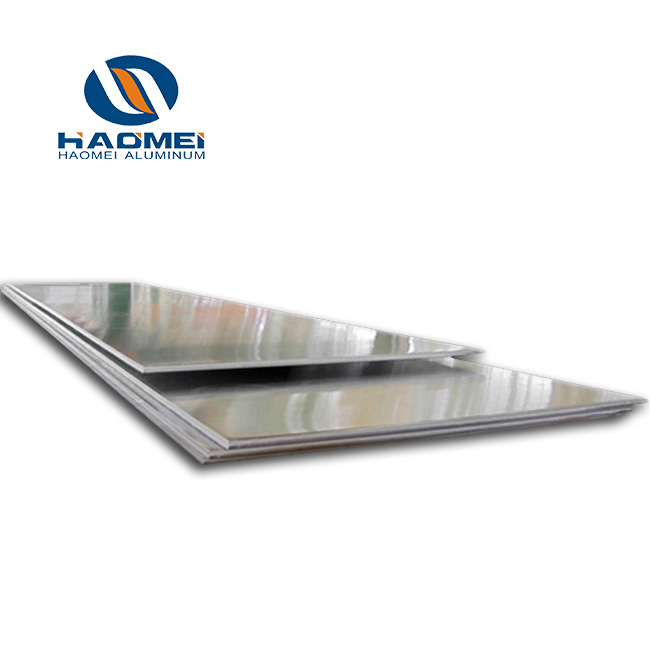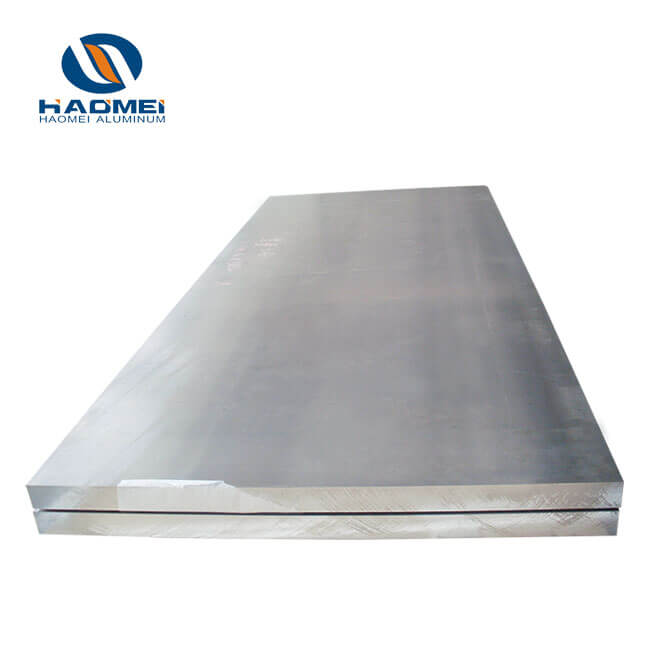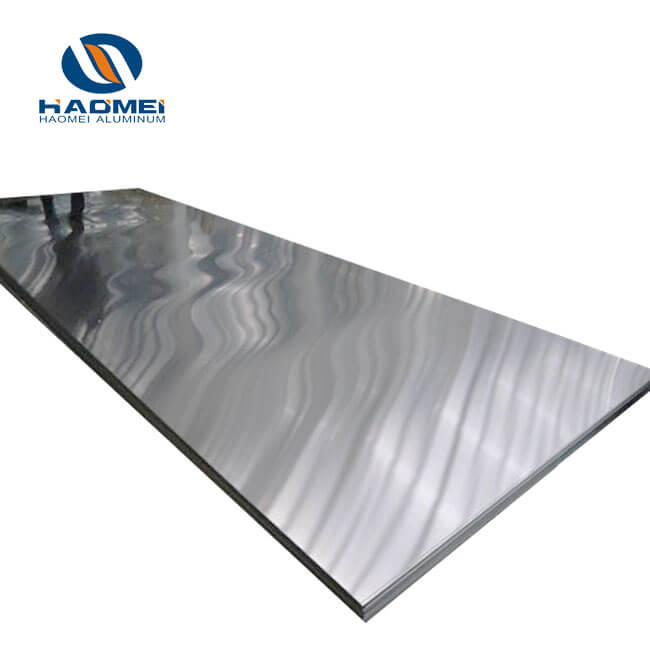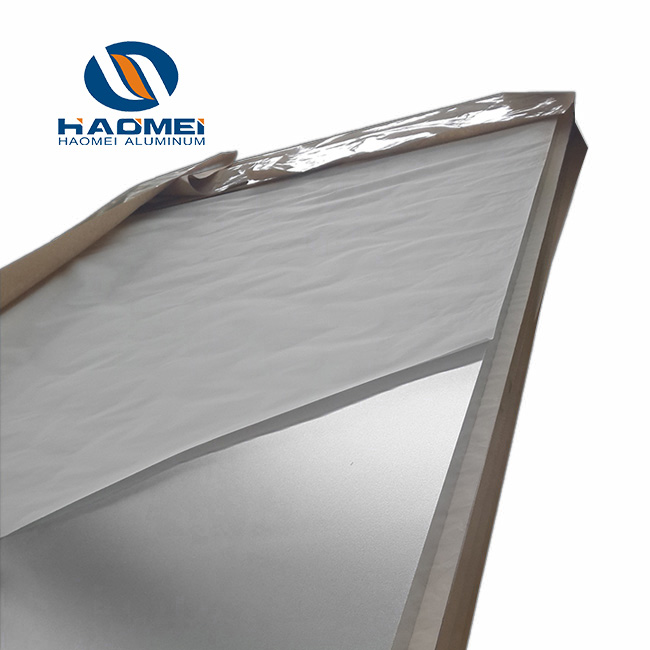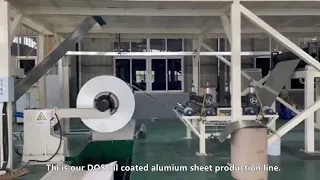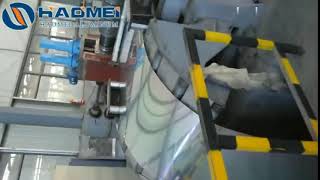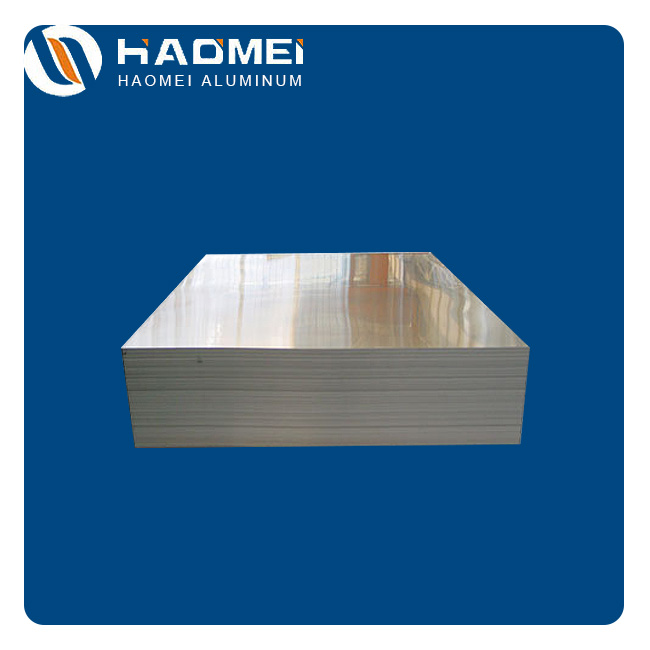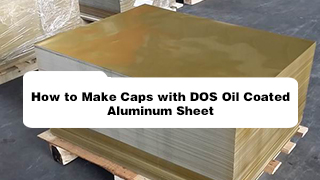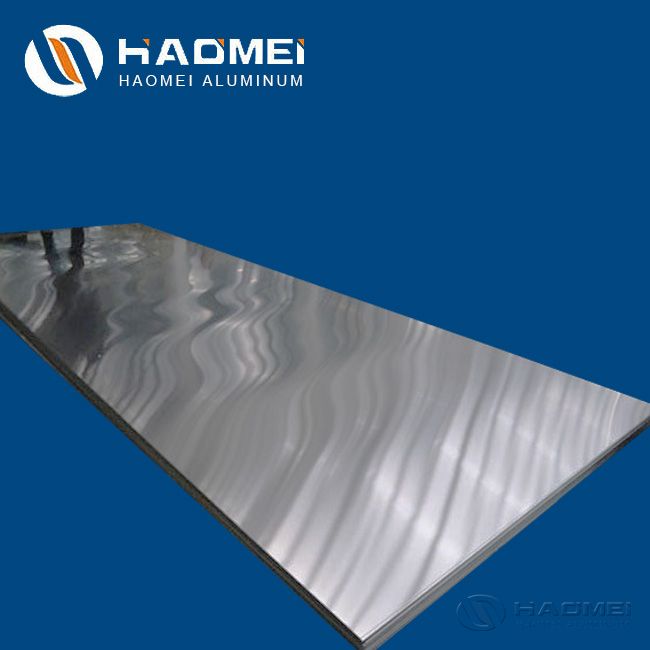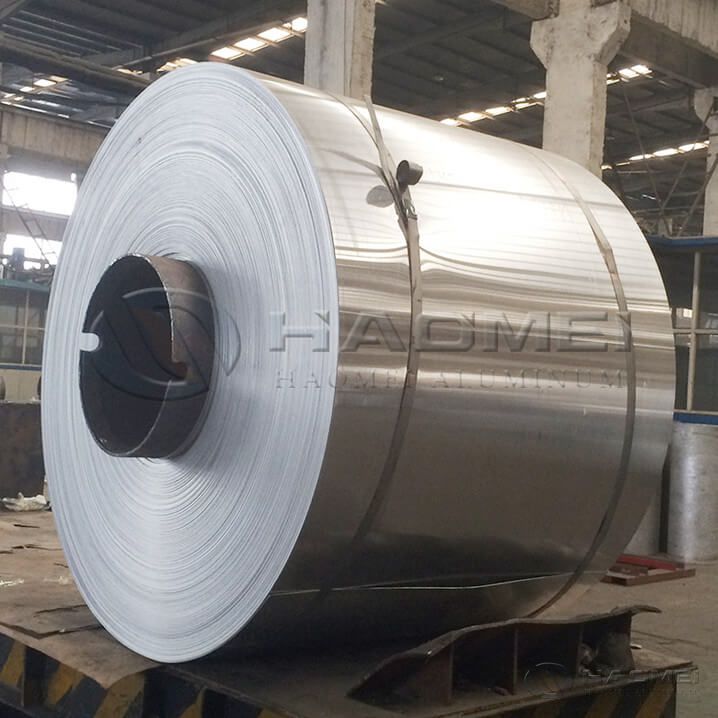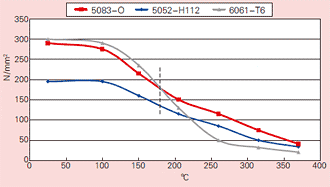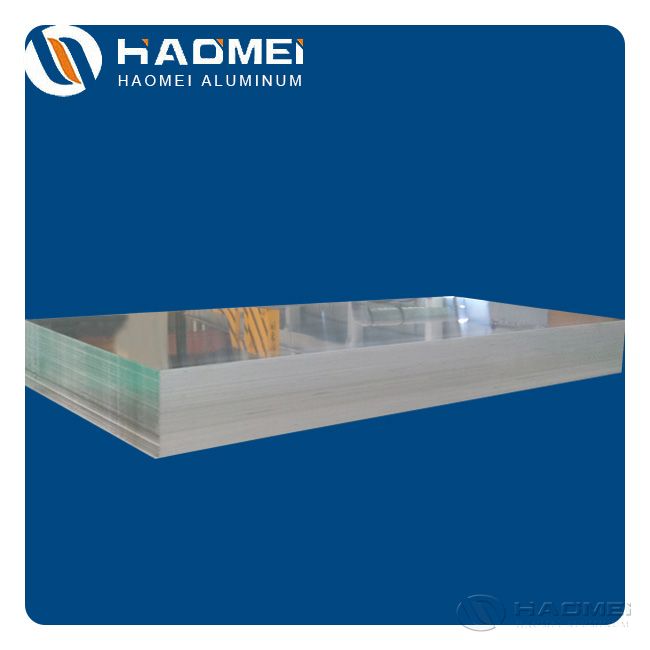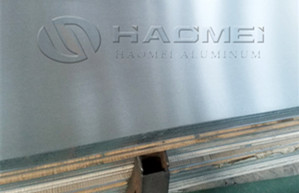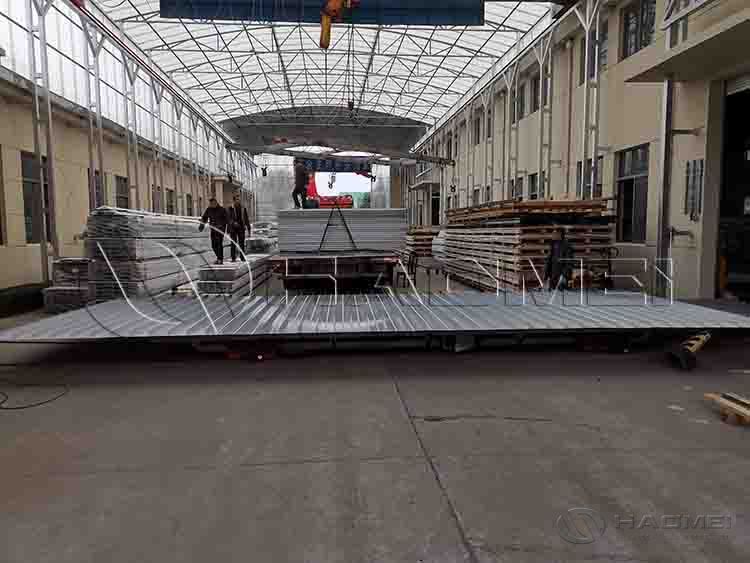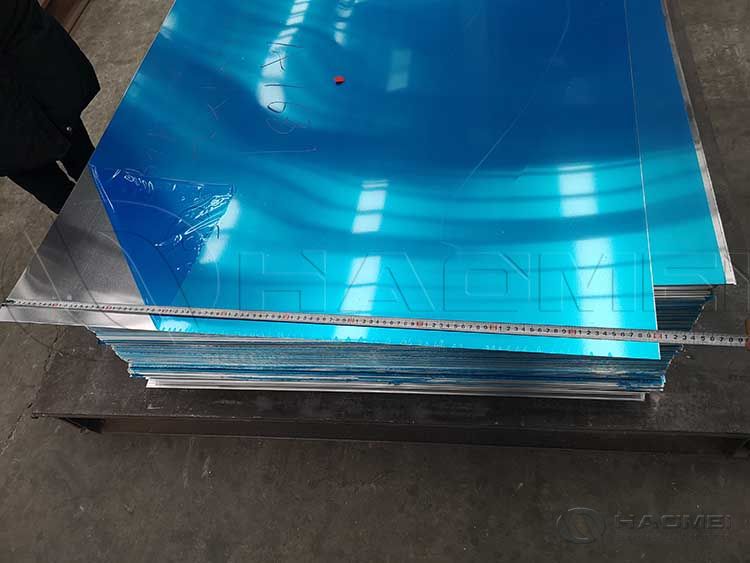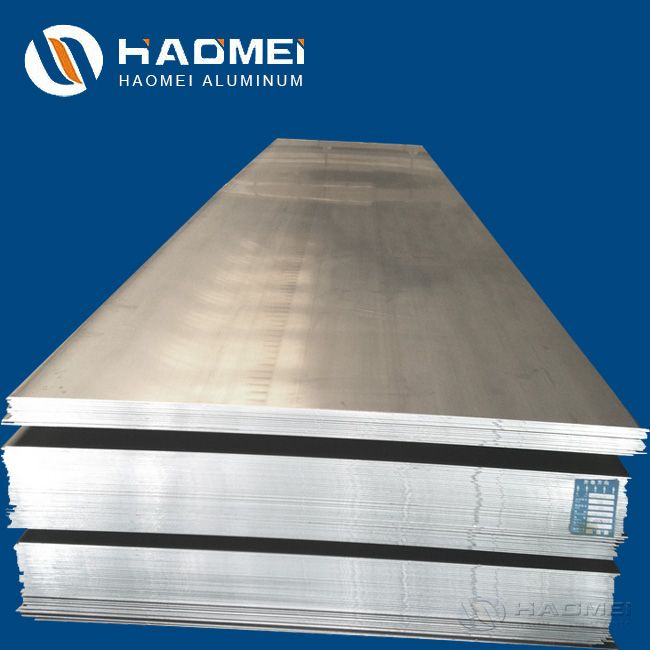How to Bend Metric Aluminum Sheet
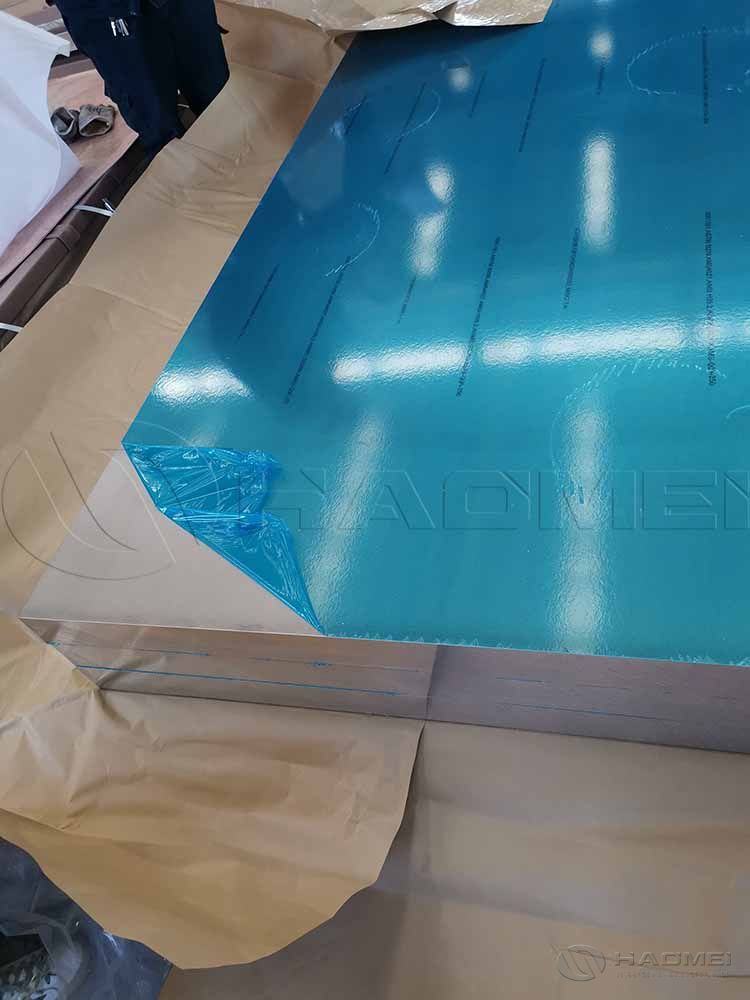
In our daily life, we often need to use metric aluminum plate for processing. The bending effect is related with bending coefficient, bending method and post-bending treatment. Learn more.
In our daily life, we often need to use metric aluminum plate for processing. The bending process of aluminum plates often involves various complex bending coefficients. So, are these bending coefficients accurate?
1. For bending the aluminum plate at 90 degrees, the normal bending upper mold R0.5, the lower mold V=5T, the bending coefficient is 0.4T. The V slot adopts V=5T+R (R>0.5) and expansion size = L1+L2-2T+ coefficient. 5052 aluminum sheet with H32 temper can be bent at 90 degrees and is suitable for the manufacturing needs of various sheet metal parts, chassis cabinets, lighting manufacturing and other industries.
The accuracy of this bending coefficient depends on your bending equipment and process conditions. Generally speaking, as long as your equipment is precise enough and the process conditions are properly controlled, then this bending coefficient can be used as a reference. Of course, if you find that this coefficient is not suitable for your current processing situation, you can also adjust it according to the actual situation.

2. 30-degree bending: This bending method requires a special bending machine. By adjusting the depth of the lower mold, the aluminum plate can have a deep insertion effect during the bending process, thereby achieving a 30-degree bend. The advantage of this method is that the surface of the bent aluminum plate is smooth and has no obvious creases. However, due to the insertion depth effect, the thickness of the aluminum plate after bending will be reduced, so the pros and cons need to be weighed in practical applications.
3. Pressing dead edge coefficient: This method of pressing dead edges is mainly to improve the shape and performance of the aluminum plate after bending. Firstly, by inserting the lower mold deeply and folding it at a small angle, the aluminum plate will have a certain dead edge effect.
Then, use a flattening mold to press the dead edge to further consolidate the dead edge effect. The advantage of this method is that it can make the shape of the aluminum plate more stable after bending and have stronger resistance to deformation. However, it should be noted that this method may increase the loss of the aluminum plate, so it also needs to be selected carefully in practical applications.
In short, the bending process of aluminum plates involves many factors, including bending coefficient, bending method and post-bending treatment. In actual operation, we need to flexibly use these methods according to specific conditions to achieve the best bending effect. There are many aluminum alloy plates that are suitable for bending like Al 5052 and 3003.
Inquiry
TABLE OF Contents

Haomei Aluminum CO., LTD.
Tel/Whatsapp: +86-15978414719
Email: sale@alumhm.com
Website: https://www.alumhm.com
Xin'an Industrial Assemble Region,Luoyang,Henan Province,China
Office Add: 1103, No.14 Waihuan Road, CBD, Zhengzhou, China



